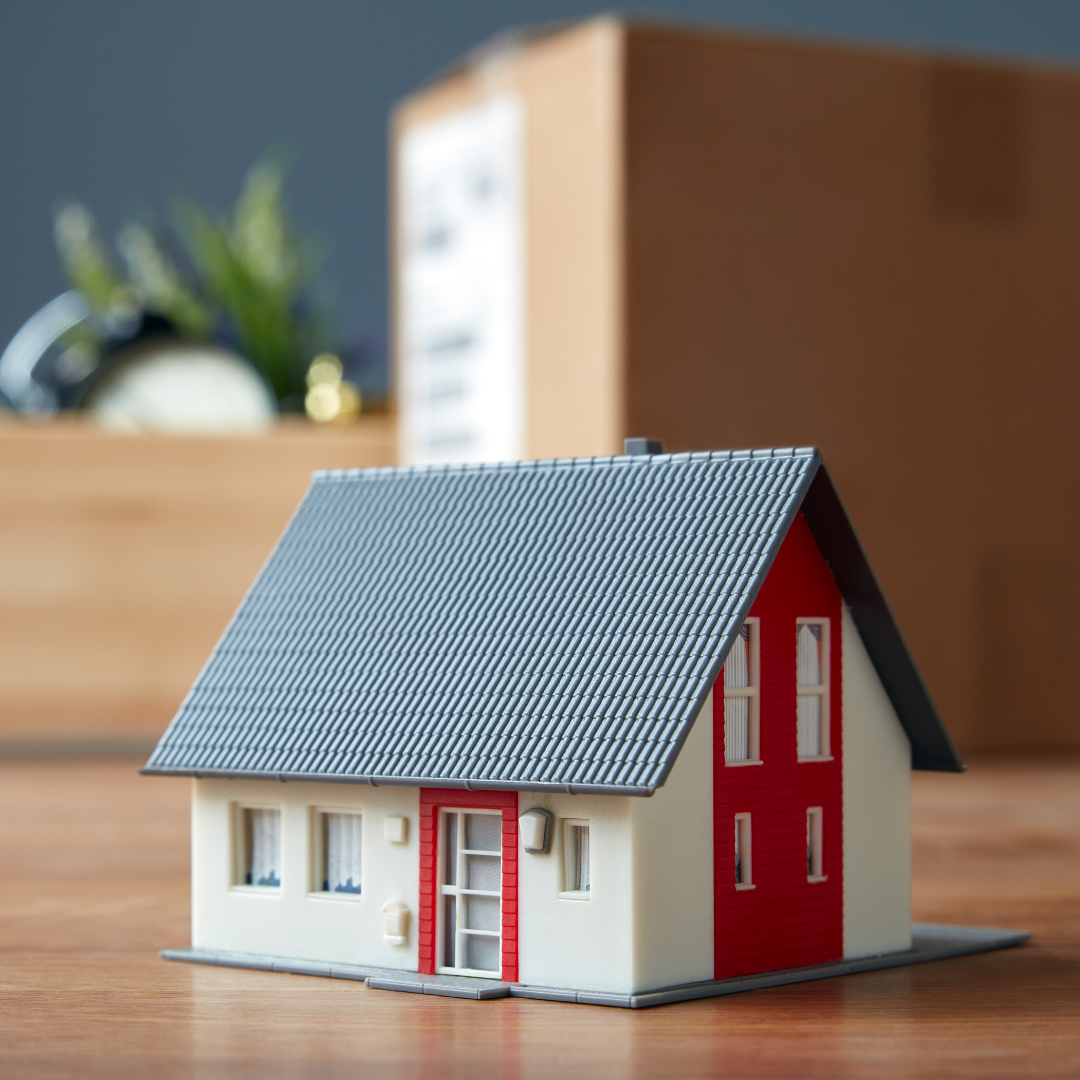Posted on January 14, 2022

Moving into a new house is a life event that few people would describe as “exciting.” However, with this checklist of things to do before moving in, you’ll be ready when the furniture comes. From start to finish, the relocation might absorb you for a long time: planning, packing, moving, and cleaning.
When you arrive at your new house, you are met with even more challenges. It may appear that deciding where to store the best china or the everyday dishes is a little detail, but after the effort of moving out of the previous house, the last thing you need is another large choice or job.
However, doing some repairs on your new house right immediately will make moving in seem wonderful. The following are some pre-move-in tasks that will save you time and money.
Choose the most time-sensitive tasks. If your budget does not allow for re-carpeting the entire house, focus on just one floor. If you can’t bear the thought of making paint selections for every single room, stick to the rooms where the options are simple.
Flooring
If you’re relocating to a new home, you might not need to do anything at all. You’re really fortunate! However, if you’ve purchased a property with carpet that you despise, you’re probably thinking that it needs to go. Should you wait till you’ve moved in or started working on it right away?
Carpet replacement is a significant undertaking, and if you have the funds and can make just this one decision during your move, you’ll be doing yourself a favor. If you put it off, you will have to move all of your stuff out of the rooms. What a pain! Not just for you, but also for the flooring installers! There will be furniture strewn around, and you’ll have to carry everything back into the room after they’re through.
If you’re able to do it when you relocate, make sure to order the flooring well ahead of time. Make plans to have new flooring put in a few days before you move in. Cover the new flooring with mats, tarps, or area rugs to prevent dirt from tracking in and scratching the wood. Then, once they’ve placed your sofa and coffee table, you’ll be at home.
Repainting
It’s far easier to paint an empty room, whether you do it yourself or hire someone to do it. There will be no need to move furniture, remove drapes, empty closets, or remove every picture or mirror from the walls. Allow several days for repainting before the movers arrive, especially if you’re doing the work yourself. This sort of labor is often more time-consuming than you anticipate. Alternatively, hire a team (professional painters or friends) to come in and finish it in a day or two.
Painting even a portion of the house before moving in may be a huge time saver. If you can’t decide on colors, just have everything painted a clean white, a nice light beige, or any backdrop color you want – whichever works best with your furniture and color schemes. After the major repairing, priming, trim work, and base coats are completed, adding another wall color may be a breeze.
Crown molding
Is there anyone who doesn’t like the aesthetic of crown molding? It’s a lovely luxury to be able to add molding throughout the entire house before you move in. Make sure to prime and pre-paint the molding strips before installing them, right before painting the inside walls. You may need to touch up the joints and nail holes, but that’s a lot easier than spending days on a ladder attempting to apply three coats of paint on the molding near the ceiling.
Locks & keys
Unless you buy new locks or re-key the current locks, you’ll never know how many keys are circulating around for your new property. The previous owners may have handed a key to a neighbor, contractors, relatives, or cleaning agencies, and getting new keys can offer you some peace of mind. This is a project to complete right before or shortly after moving in.
Electrical upgrades
If you are moving into a new house, you may have all of the electrical outlets you need. However, older properties may be a dilemma. You can complete the improvements whenever you choose, although everything is simpler to reach in an empty room. Remember that electricians are paid by the hour, and they will be able to work more efficiently if they have direct access to outlets as well as space for ladders and equipment.
